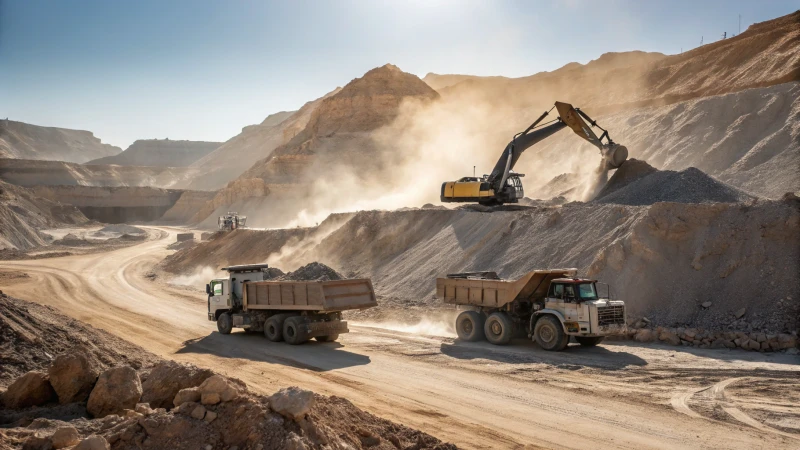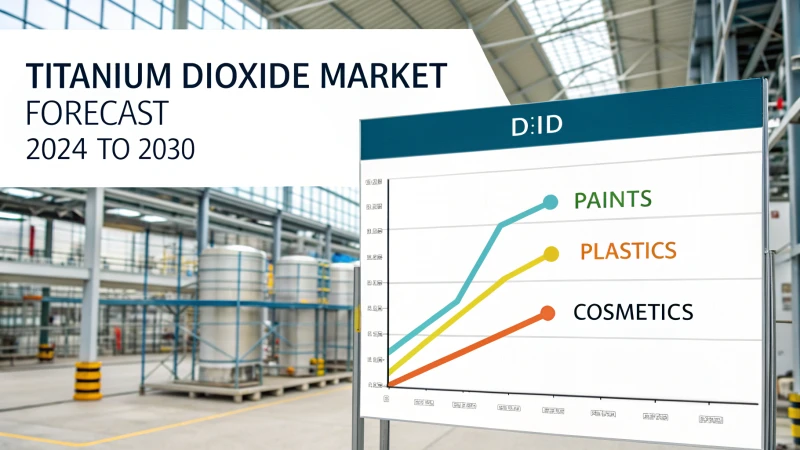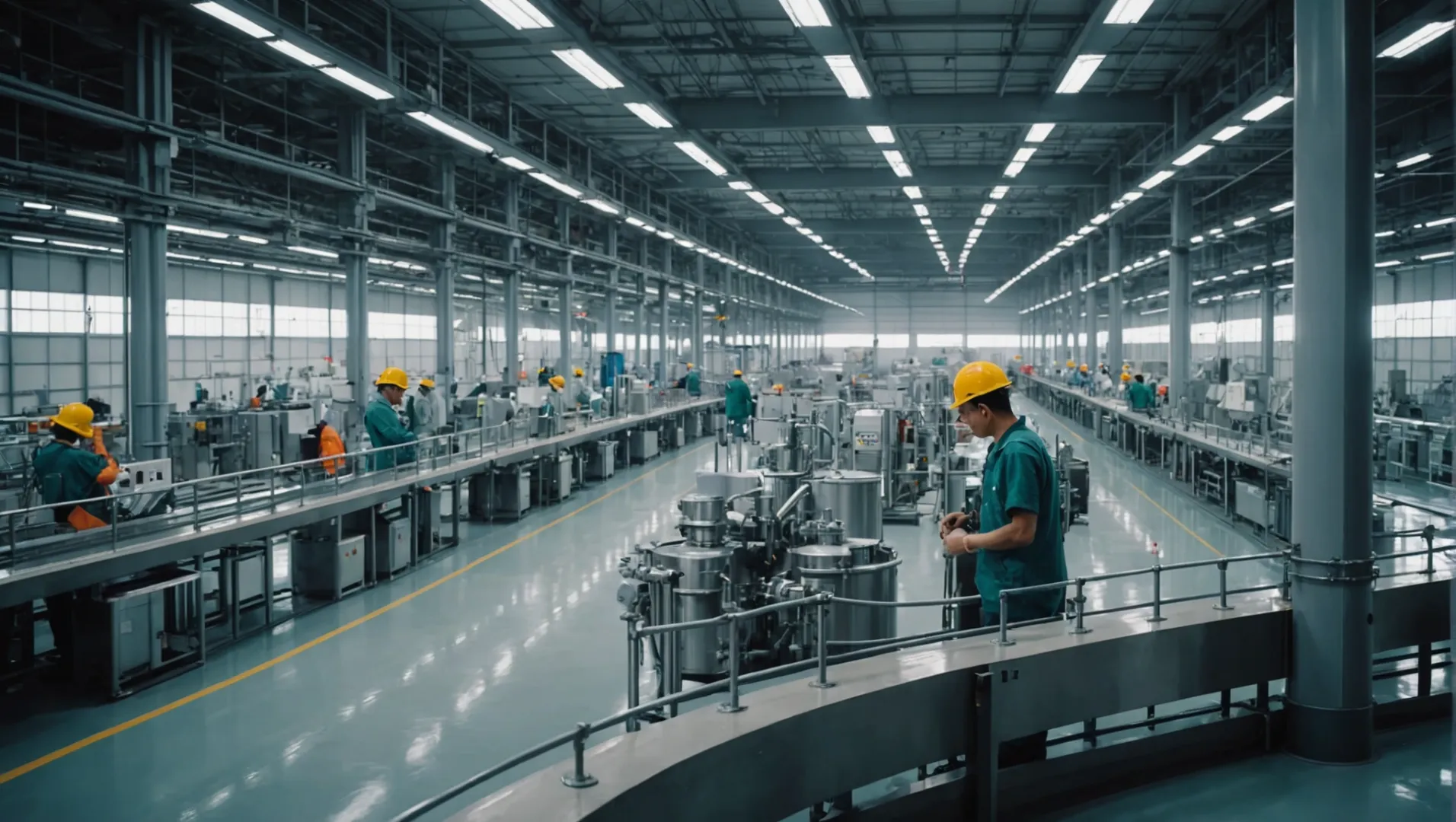
Curious about who’s leading the charge in titanium dioxide production? Let’s dive into the top players in China’s bustling industry!
The top 10 titanium dioxide manufacturers in China include Lomon Billions Group, CNNC Hua Yuan Titanium Dioxide, Pangang Vanadium & Titanium, Lubei Group, Shandong Dongjia, Sinochem, Jinpu Group, Guangxi Jinmao Titanium, Shandong Dawn Titanium, and Yunnan Dahutong Group.
These companies don’t just compete; they each have unique strengths and stories that have shaped their paths to success. Let’s delve into their journeys and discover what sets them apart.
Lomon Billions Group leads China's titanium dioxide market.True
Lomon Billions Group has the highest production capacity, exceeding 1 million tons annually.
What Makes Lomon Billions Group a Leader in the Industry?
Lomon Billions Group is a name synonymous with leadership in the titanium dioxide industry. But what sets them apart from their competitors?
Lomon Billions Group leads the titanium dioxide industry due to its substantial production capacity, innovative technologies, and strategic market presence. These strengths enable the company to maintain a competitive edge and adapt to evolving market demands effectively.
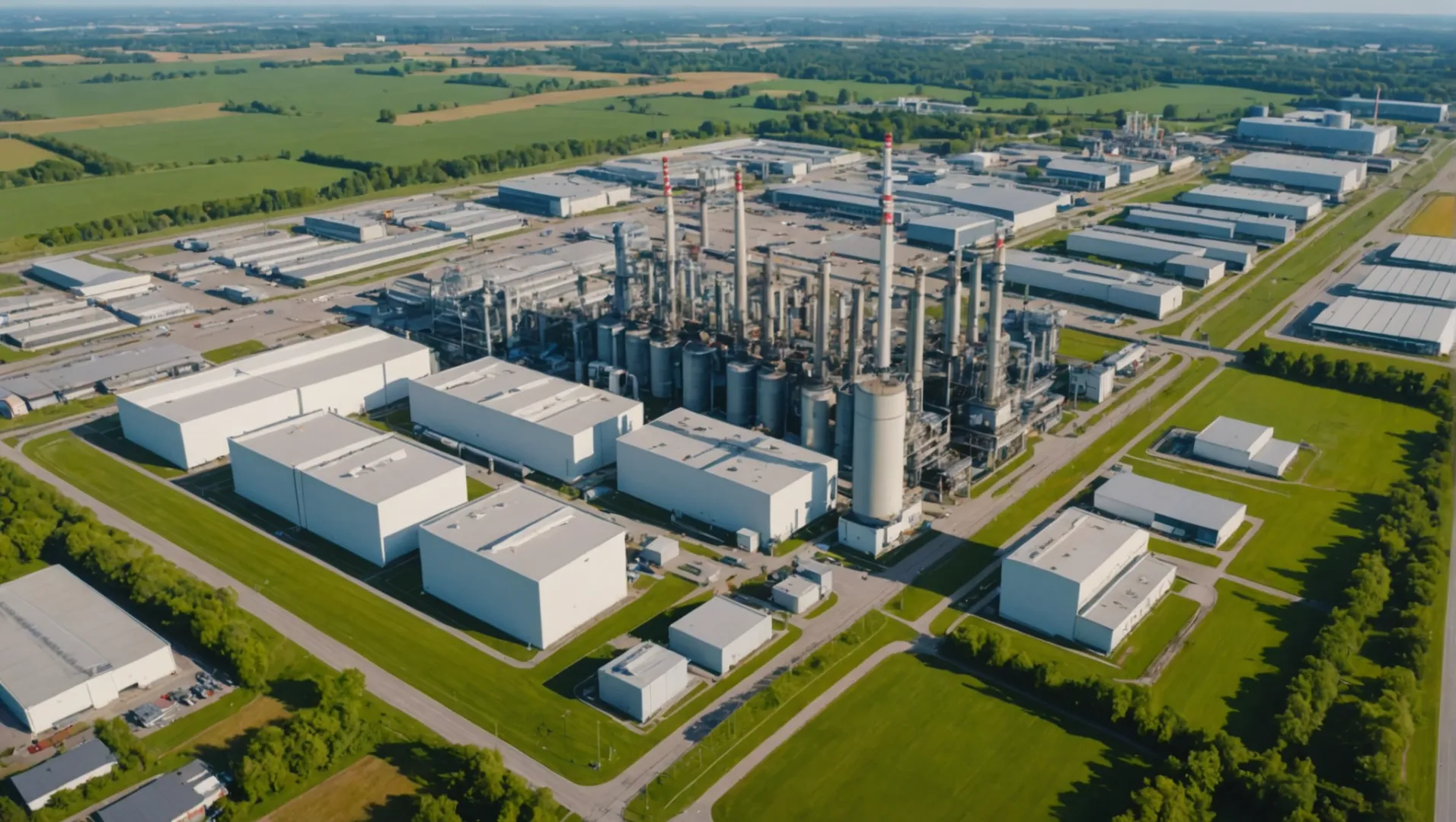
Extensive Production Capacity
Lomon Billions Group boasts one of the highest production capacities in the titanium dioxide sector, with annual volumes exceeding 1 million tons. This scale not only allows for significant market share but also enables cost efficiencies that smaller companies struggle to match. The company's facilities are strategically located to optimize logistics and supply chain efficiencies.
Innovation and Technology
The company's commitment to innovation and technology1 is another pillar of its leadership. Lomon Billions invests heavily in research and development to pioneer new processes, such as advanced chloride process technologies that enhance product quality and environmental compliance. Their technological advancements not only improve production efficiency but also reduce environmental impact, aligning with global sustainability trends.
Market Adaptability
Lomon Billions Group's ability to quickly adapt to changing market conditions is crucial to its industry dominance. The company has effectively navigated economic fluctuations and shifting demand patterns by diversifying its product offerings and expanding into international markets. This adaptability ensures steady growth and resilience against market volatility.
Strategic Partnerships and Collaborations
Collaborating with global industry leaders and fostering partnerships has allowed Lomon Billions to expand its technological capabilities and market reach. These strategic alliances enhance their R&D efforts, giving them access to cutting-edge innovations and insights into emerging market trends.
Financial Strength and Investment
With a registered capital exceeding 2 billion RMB, Lomon Billions has the financial resources to invest in state-of-the-art facilities, research initiatives, and global expansion efforts. This financial robustness positions the company to capitalize on growth opportunities and withstand industry challenges.
Commitment to Sustainability
In an era where sustainability2 is paramount, Lomon Billions Group leads with its commitment to eco-friendly practices. The company has implemented rigorous environmental management systems that align with international standards, ensuring minimal ecological footprint while maintaining high-quality production standards.
Lomon Billions leads in titanium dioxide production capacity.True
They produce over 1 million tons annually, leading the industry.
Lomon Billions lacks innovation in titanium dioxide processes.False
They invest heavily in R&D, pioneering advanced technologies.
How Do Production Processes Differ Among Top Manufacturers?
The production of titanium dioxide is a complex process that varies significantly among top manufacturers. What sets them apart?
Top titanium dioxide manufacturers use different production processes, primarily the sulfate and chloride methods, each with distinct environmental and economic impacts.
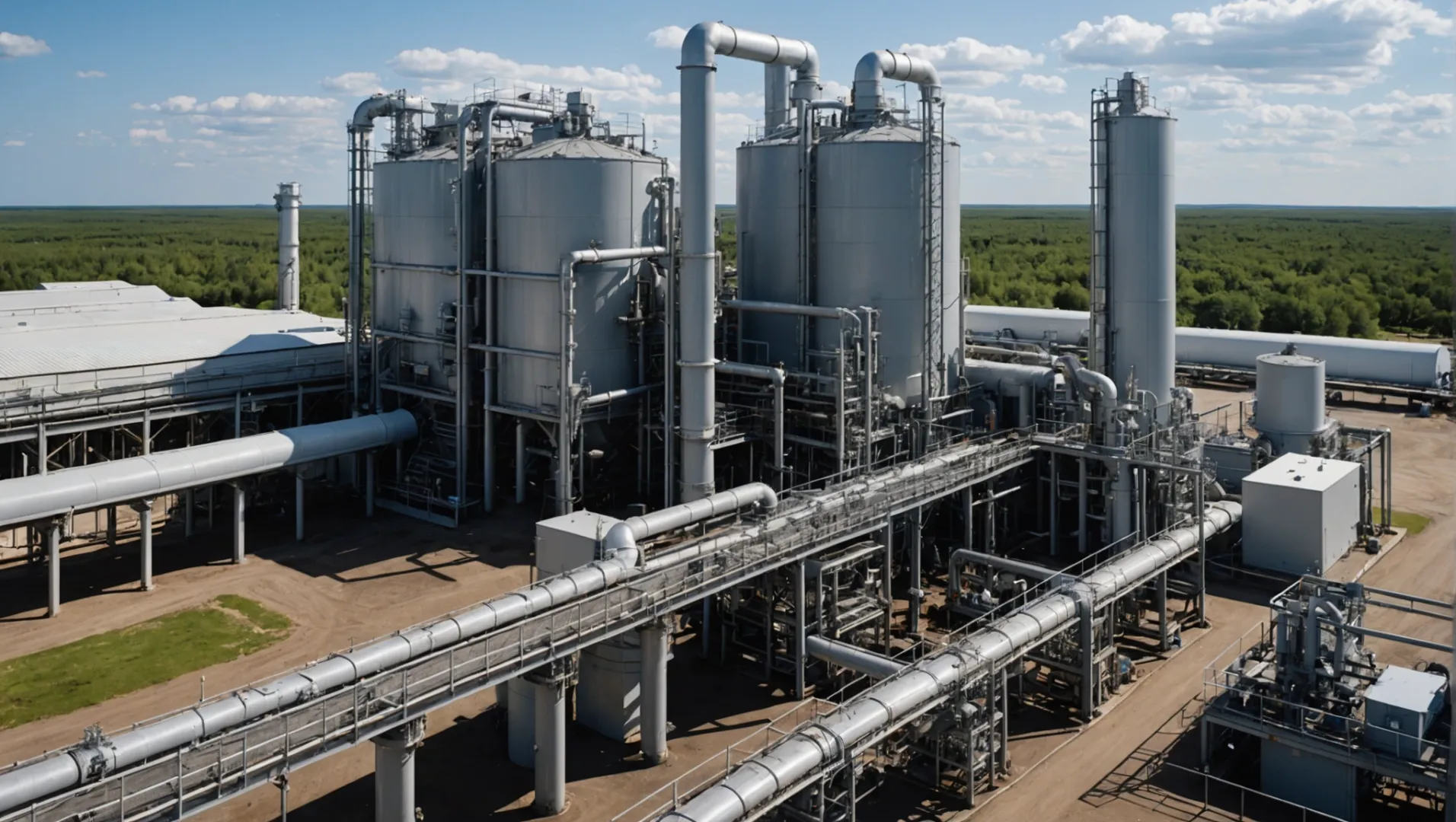
The Two Main Production Methods
Titanium dioxide manufacturers predominantly use two processes: the sulfate process3 and the chloride process4. Each method has its own set of advantages and challenges. The sulfate process, an older method, involves the digestion of ilmenite or titanium slag with sulfuric acid. It is typically favored for its lower capital investment but generates significant waste.
In contrast, the chloride process, which uses titanium tetrachloride as an intermediate, is more efficient and environmentally friendly but requires higher investment and operating costs. It's preferred by companies like Lomon Billions Group due to its ability to produce higher-grade titanium dioxide with less environmental impact.
| Method | Advantages | Disadvantages |
|---|---|---|
| Sulfate Process | Lower initial investment | High waste generation |
| Chloride Process | Produces higher-grade TiO₂, eco-friendlier | Higher capital and operating costs |
Innovation in Production Techniques
Top companies continuously innovate to improve efficiency and sustainability in their production processes. For instance, Lomon Billions Group5 has invested in advanced purification technologies that minimize waste and enhance product quality. Similarly, CNNC Hua Yuan Titanium Dioxide6 is focusing on recycling byproducts and improving energy efficiency.
Case Studies of Leading Manufacturers
- Lomon Billions Group: Known for its large-scale operations, Lomon Billions Group employs both the sulfate and chloride processes, optimizing them for different product grades.
- Pangang Vanadium & Titanium: Primarily uses the sulfate process, but is gradually incorporating chloride technology to reduce environmental footprint.
- Sinochem: Focuses on innovation in the chloride process to enhance product consistency and reduce emissions.
Each company's approach to production reflects its strategic priorities, be it cost-efficiency, environmental sustainability, or technological advancement. Exploring these differences offers insights into how competitive advantages are shaped in the titanium dioxide industry.
The sulfate process generates more waste than the chloride process.True
The sulfate process involves significant waste generation, unlike the chloride method.
Lomon Billions Group only uses the sulfate production method.False
Lomon Billions Group uses both sulfate and chloride processes.
What Are the Key Challenges Facing Titanium Dioxide Manufacturers?
Titanium dioxide manufacturers face numerous challenges that could impact their growth and sustainability. Understanding these obstacles is crucial for stakeholders.
Key challenges facing titanium dioxide manufacturers include environmental regulations, fluctuating raw material costs, and intense global competition. Navigating these challenges requires strategic innovation and sustainable practices.
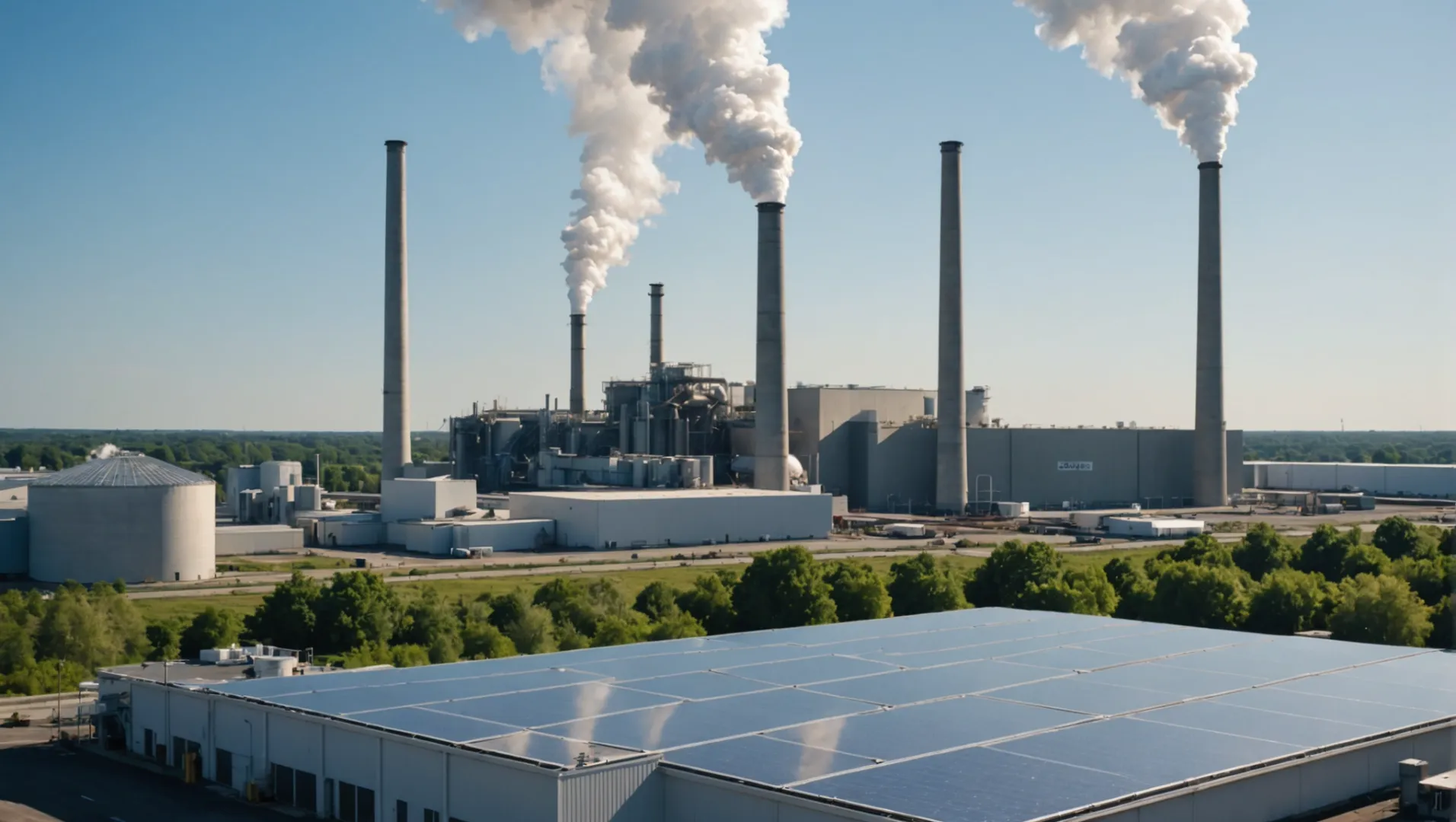
Environmental Regulations and Sustainability
One of the foremost challenges is adhering to stringent environmental regulations. Titanium dioxide production, particularly the sulfate process7, generates a significant amount of waste. Manufacturers must invest in eco-friendly technologies to mitigate environmental impact and comply with international standards.
The transition towards sustainable practices is not just regulatory but also driven by consumer demand for green products. Companies are exploring alternatives like recycling by-products and improving energy efficiency to lower their carbon footprint.
Fluctuating Raw Material Costs
The cost and availability of raw materials, such as ilmenite and rutile, can significantly affect production costs. Prices for these materials can fluctuate due to geopolitical factors, mining regulations, and changes in supply chain dynamics.
To combat this, some manufacturers engage in vertical integration—securing their own raw material sources to stabilize supply and reduce costs. Others explore innovative partnerships8 with suppliers to ensure more predictable pricing.
Intense Global Competition
The titanium dioxide market is highly competitive, with major players from China, the USA, and Europe vying for market share. The entry of new companies adds pressure on existing manufacturers to maintain competitive pricing while ensuring high-quality production.
Manufacturers are focusing on R&D to differentiate their products, offering enhanced performance features such as increased opacity or UV protection. Additionally, establishing strong brand reputation and customer loyalty is critical.
Technological Advancements
Keeping pace with technological advancements poses another challenge. Companies must invest in modernizing equipment and processes to improve efficiency and product quality. This requires substantial capital investment but can offer significant long-term benefits.
Emerging technologies like digitalization and automation present opportunities for reducing operational costs and improving precision in manufacturing processes.
Addressing these challenges requires a multifaceted approach that includes innovation, investment in sustainable technologies, and strategic market positioning.
Environmental regulations significantly impact titanium dioxide production.True
Strict regulations require manufacturers to adopt eco-friendly technologies.
Fluctuating raw material costs have no effect on production.False
Raw material price changes can increase or decrease production costs.
How Does China's Market Influence Global Titanium Dioxide Supply?
China's dominance in titanium dioxide production profoundly impacts the global supply chain, influencing prices and availability.
China's titanium dioxide market significantly influences global supply by setting production trends and pricing standards. As the largest producer, China's policies, demand, and technological advancements ripple through international markets, affecting global supply chains and economic dynamics.

China's Dominance in Titanium Dioxide Production
China leads the global market in titanium dioxide production, accounting for a significant portion of worldwide output. This dominance is driven by its vast resources, advanced manufacturing technologies, and competitive pricing strategies. Major companies like Lomon Billions Group9 and CNNC Hua Yuan Titanium Dioxide10 exemplify China's capacity to influence global trends through large-scale production capabilities.
Impact on Global Pricing
The sheer volume of titanium dioxide produced in China means that any change in Chinese production levels or policy can dramatically affect global prices. For instance, when Chinese manufacturers ramp up production, it often leads to a decrease in global prices due to increased supply. Conversely, any production cuts or regulatory changes within China can create shortages, driving prices up internationally.
Technological Advancements and Environmental Regulations
China's focus on technological advancements and stringent environmental regulations also plays a crucial role in shaping the global market. Innovations in production processes, such as improvements in the chloride process11, enhance efficiency and reduce costs, setting new standards that other countries strive to meet. Moreover, China's environmental policies can lead to fluctuations in production as companies adapt to comply with new regulations.
Trade Policies and Export Strategies
China's trade policies directly impact its export of titanium dioxide. Tariffs, export restrictions, or incentives can alter the flow of titanium dioxide to international markets. For example, favorable export policies may lead to increased availability of Chinese titanium dioxide globally, whereas restrictive measures might prompt other countries to seek alternative suppliers.
Global Supply Chain Implications
The global supply chain heavily depends on China's output. Disruptions in Chinese production due to natural disasters, political unrest, or pandemic-related shutdowns can have immediate effects on international supply chains. This dependency highlights the need for diversification and strategic partnerships among global titanium dioxide consumers and producers.
In conclusion, China's pivotal role in the titanium dioxide market underscores its influence on global supply dynamics, necessitating close monitoring by international stakeholders to adapt to shifts in production and policy.
China is the largest producer of titanium dioxide globally.True
China leads in titanium dioxide production, influencing global markets.
Global titanium dioxide prices are unaffected by China's policies.False
China's production changes impact global titanium dioxide prices significantly.
Conclusion
Understanding these leading manufacturers offers invaluable insights into the dynamic world of titanium dioxide production and its global implications.
-
Explore their cutting-edge processes improving efficiency and sustainability.: LB Group is the world's No.1 manufacturer of high-performance titanium dioxide (TiO₂) pigments in terms of TiO₂ pigment production capacity. ↩
-
Discover their eco-friendly initiatives and global sustainability alignment.: Sustainability Reports · CSR – More Information · Please click on the document icons to download our sustainability reports · Information · Contact. ↩
-
Learn about the traditional method of producing titanium dioxide.: This paper reviews several processes for TiO2 production and looks at the important role that pH measurement serves to control the end product quality. The ... ↩
-
Discover why this method is favored for eco-friendly production.: The approach lowers production costs significantly, which has a good effect on overall expenses. The procedure uses less labor and energy and is completed ... ↩
-
Explore innovations that set Lomon Billions apart.: With a current annual production capacity of over 1100kt, including 460ktpa chloride-process capacity at its manufacturing sites in Jiaozuo in ... ↩
-
See how CNNC Hua Yuan enhances sustainability.: CNNC HUA YUAN Titanium Dioxide is rutile titanium dioxide pigment for high quality masterbatch and color sheets. It exhibits high whiteness, blue undertone, ... ↩
-
Explore how the sulfate process affects the environment and possible solutions.: Production of TiO2 pigment is the key stage to cause environmental impact for the sulphate route, whereas, the production of high‑titanium slag and TiO2 ... ↩
-
Learn about strategic supplier partnerships that stabilize raw material costs.: Let's go through some key considerations and benefits of partnering with a trustworthy titanium dioxide supplier to optimize your supply chain. ... partnerships ... ↩
-
Discover why Lomon Billions Group leads in titanium dioxide manufacturing.: LB Group is the world's No.1 manufacturer of high-performance titanium dioxide (TiO₂) pigments in terms of TiO₂ pigment production capacity. Our BILLIONS™ ... ↩
-
Explore CNNC Hua Yuan's influence on global titanium dioxide markets.: CNNC Hua Yuan Titanium Dioxide's (SZSE:002145) stock is up by a considerable 40% over the past three months. However, we decided to pay ... ↩
-
Learn about recent advancements in China's chloride process technology.: The project has been separated into two stages, with each stage having a 100 kilo tonnes per annum manufacturing capability of chloride TiO 2. ↩


